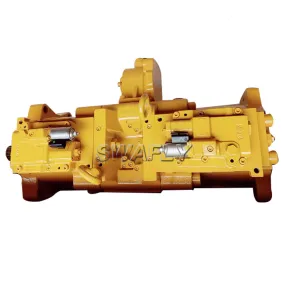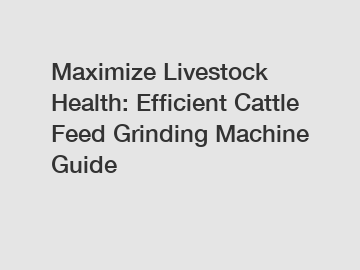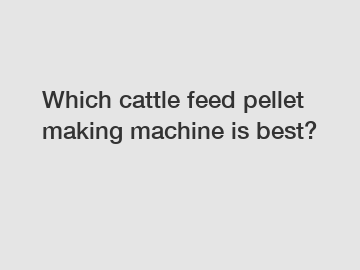How Do I Know What Size Hydraulic Pump I Need?
When it comes to hydraulic systems, choosing the right size for your hydraulic pump is crucial. The wrong size can lead to inefficiencies, increased energy consumption, and even equipment damage. In this article, we will guide you through the process of determining the correct size for your hydraulic pump. Let's dive in.

What is a Hydraulic Pump?
A hydraulic pump is a mechanical device that converts mechanical power into hydraulic energy. It generates flow to overcome the resistance of the system and maintain pressure. Hydraulic pumps are widely used in various industries, including construction, manufacturing, and automotive.
Importance of Choosing the Right Size
Selecting the appropriate size for your hydraulic pump is vital for several reasons:
Efficiency: An accurately sized pump ensures optimal efficiency, reducing energy wastage.
System Performance: It directly affects the performance of the entire hydraulic system.
Longevity: The right size can prolong the lifespan of your equipment.
Safety: Incorrect sizing may lead to system failures, posing safety risks.
Key Factors to Consider
To determine the correct size for your hydraulic pump, consider these key factors:
Flow Rate
The flow rate refers to the volume of fluid the pump delivers per unit of time. It's measured in gallons per minute (GPM) or liters per minute (LPM). To determine your system's required flow rate, consider the hydraulic components you're using.
Operating Pressure
Operating pressure, typically measured in pounds per square inch (PSI) or bar, is the force the pump needs to generate to move the hydraulic fluid through the system. It's essential to know the maximum pressure your system requires.
Pump Type
There are various types of hydraulic pumps, such as gear pumps, piston pumps, and vane pumps. Each type has specific applications and advantages. Selecting the right type is crucial for efficiency.
Calculating Your Hydraulic Pump Size
Let's break down the process of calculating your hydraulic pump size into simple steps:
Step 1: Determine Flow Rate
Identify the flow rate required by your system. Consider the combined flow rate of all hydraulic components.
Step 2: Calculate Operating Pressure
Determine the maximum operating pressure your system needs. This is essential for selecting the right pump.
Step 3: Select the Right Pump Type
Based on your system's requirements, choose the most suitable pump type, considering factors like efficiency and compatibility.
Step 4: Verify the Sizing
Double-check your calculations to ensure accuracy. Consult with hydraulic experts if needed.
Additional reading:Is the fish food manufacturing machine worth the investment?
What do I need to start a maize milling company?
How to choose the best Briquette Production Line project?
Ultimate Guide to Side Panel Chassis: Installation, Benefits, & More
What is the best pallet strapping?
Revolutionizing Animal Nutrition: Coating Feed For Health?
Revolutionizing City Waste Management: Are Underground Containers the Future?
The Consequences of Choosing the Wrong Size
Selecting the wrong size can have serious consequences, including:
Inefficiency and increased operating costs
Reduced equipment lifespan
Frequent breakdowns and maintenance
Safety hazards
Benefits of Accurate Sizing
Choosing the correct size for your hydraulic pump offers several advantages:
Optimal performance and efficiency
Reduced energy consumption
Extended equipment life
Enhanced safety and reliability
Common Mistakes to Avoid
To ensure you choose the right size for your hydraulic pump, avoid these common mistakes:
Neglecting to calculate flow rate and operating pressure accurately.
Selecting a pump solely based on cost.
Ignoring the type of pump that best suits your application.
Conclusion
In conclusion, selecting the right size for your hydraulic pump is essential for the efficient operation of your hydraulic system. By considering factors like flow rate, operating pressure, and pump type, you can ensure optimal performance, longevity, and safety. Avoid common sizing mistakes, and consult experts if needed for a smooth hydraulic system operation.
Can cow dung be used to make briquettes?
Revolutionizing Data Storage: EMC Enclosure Redesign?
Should the packing process be automated?
Why Using a Poultry Feed Grinder Important?
How can you recycle bricks?
Revolutionizing Automotive Industry: The Power of Shredders
Ultimate Guide to Shielding Enclosures: Answering Your Top Questions
114
0
0
Related Articles










Comments
All Comments (0)